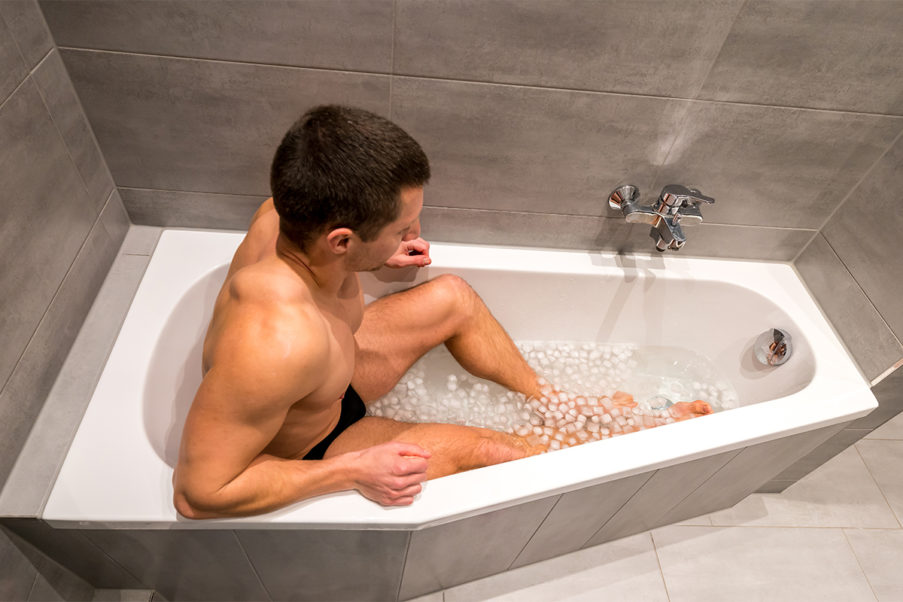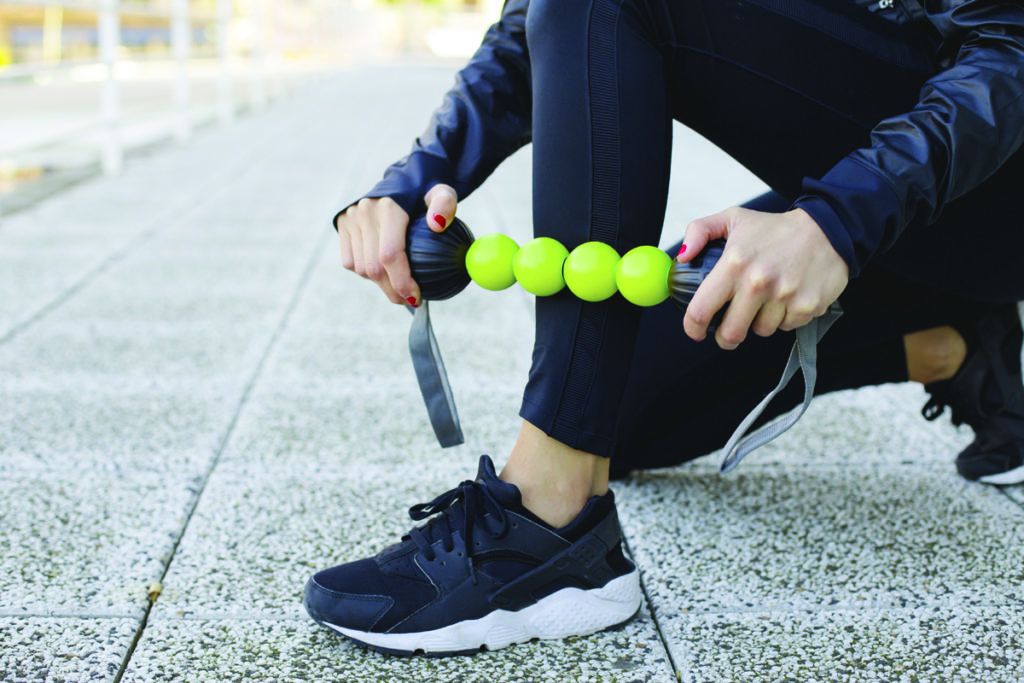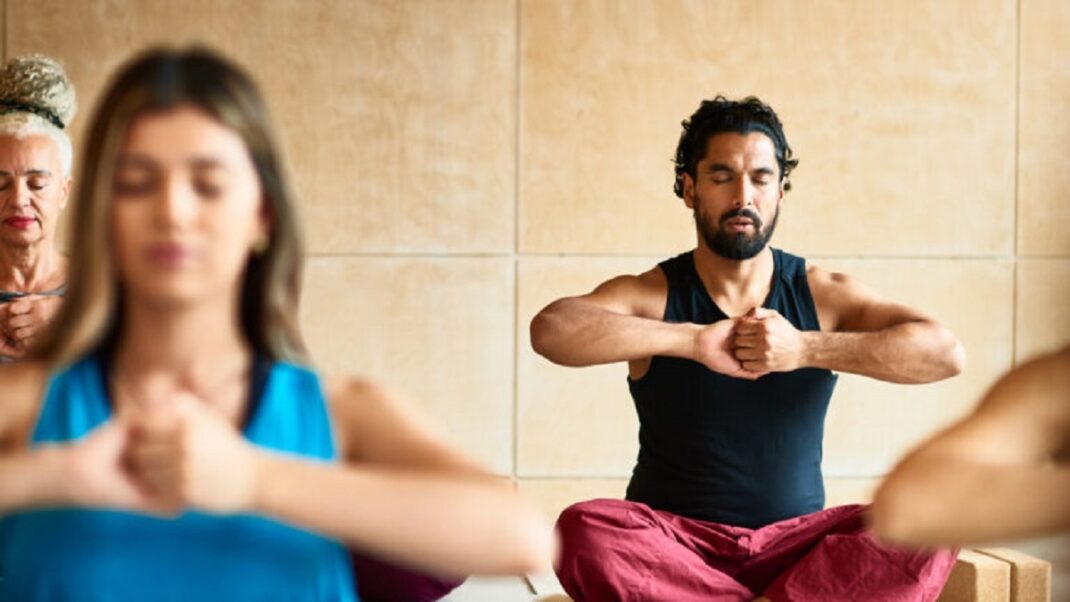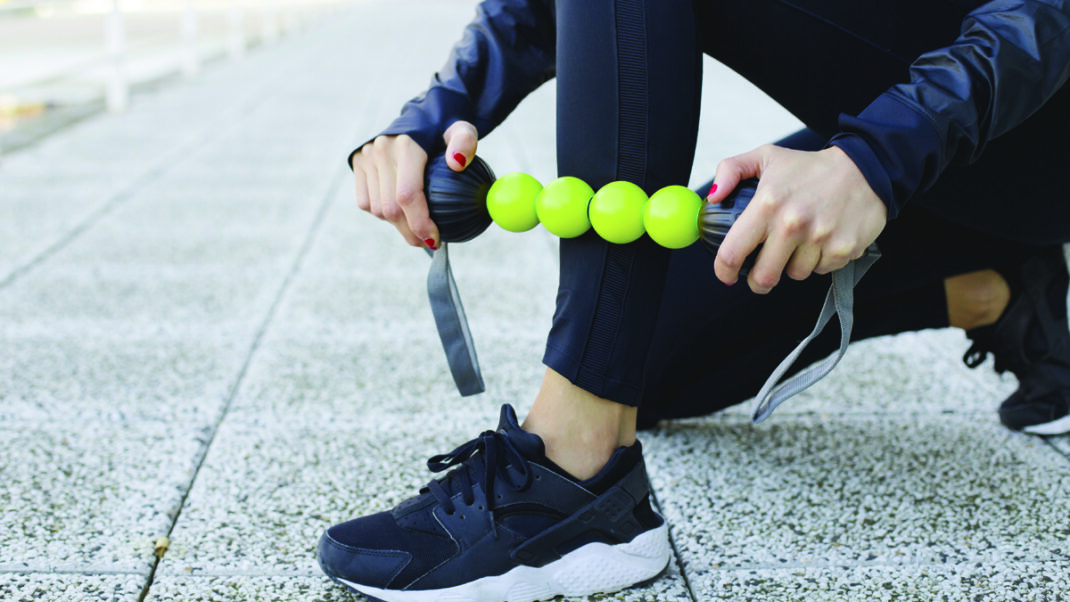Cryotherapy Update
Researchers urge an individualized, purposeful approach.

Cryotherapy, which is the application of cold temperatures with ice, cold water or cold air for therapeutic, health and recovery purposes, has been around for centuries, according to a historical review of popular practices offered in the European Journal of Applied Physiology (2022; doi:10.1007/s00421-022-04915-5). Newer applications combine cold with intermittent compression devices or with longer-term potential such as packs that can be administered for as long as 3–6 hours or cold air in whole-body or partial-body chambers. These therapies work by reducing core and tissue temperatures and altering blood flow. The efficacy of whole-body and partial-body chambers for exercise recovery is not yet determined.
Researchers note that before application of cryotherapy, all relevant factors should be considered, including
- the athlete;
- training and competition schedule;
- session purpose (improve health, injury or recovery);
- proximity of future exercise; and
- environmental conditions.
For example, studies show that postexercise cooling may enhance endurance-based adaptations in muscle but reduce hypertrophy. Other findings show that cold water immersion immediately after exercise may impair subsequent performance in events within the same day or for competitions that involve multiple days and cumulative fatigue like the Tour de France. In those cases, muscle heating may be more beneficial for recovery. While many coaches and athletes believe that cold water immersion is useful, study authors recommend more research to understand best practices and specific applications before widespread adoption.
See also: Alternate Exercise Recovery Methods
Shirley Eichenberger-Archer, JD, MA
Shirley Eichenberger-Archer, JD, MA, is an internationally acknowledged integrative health and mindfulness specialist, best-selling author of 16 fitness and wellness books translated into multiple languages and sold worldwide, award-winning health journalist, contributing editor to Fitness Journal, media spokesperson, and IDEA's 2008 Fitness Instructor of the Year. She's a 25-year industry veteran and former health and fitness educator at the Stanford Prevention Research Center, who has served on multiple industry committees and co-authored trade books and manuals for ACE, ACSM and YMCA of the USA. She has appeared on TV worldwide and was a featured trainer on America's Next Top Model.






